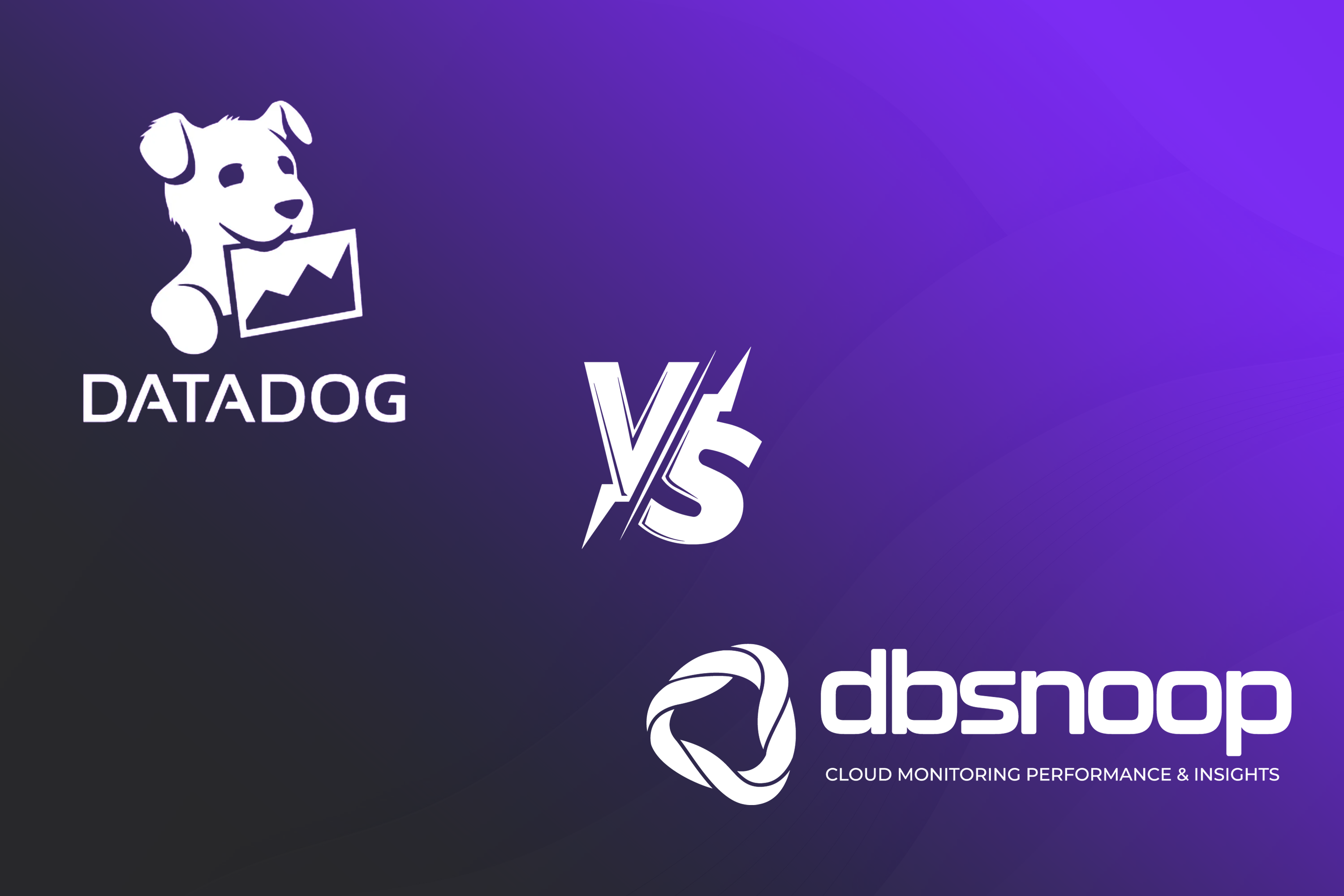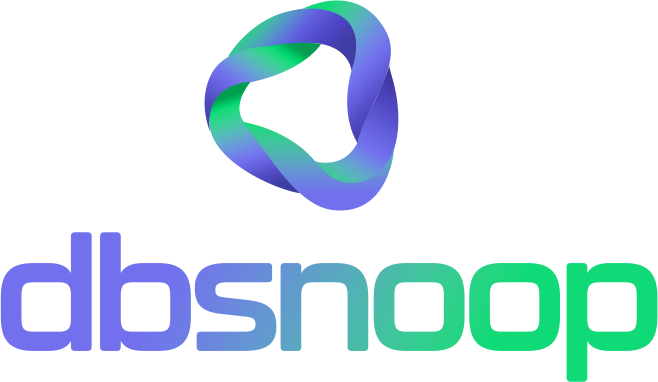
In today’s IT landscape, monitoring and observability are essential to ensuring optimal performance of systems and databases. With the growing complexity of infrastructures, choosing the right tool can make a significant difference in the efficiency and productivity of IT teams. Two platforms that stand out in this field are Datadog and dbsnOOp.
While Datadog is widely recognized for its comprehensive approach, covering the entire IT infrastructure, dbsnOOp specializes in database monitoring, offering a more focused and agile solution. In this comparison, we will explore how these platforms differ and why dbsnOOp may be the ideal choice for companies that prioritize simplicity, cost-effectiveness, and database specialization.
Follow a more detailed comparison between Datadog and dbsnOOp, highlighting their different focuses, features, and use cases:
1. Platform Focus
Datadog:
- A generalist monitoring and observability platform that covers the entire IT infrastructure. Datadog offers support for monitoring servers, networks, applications, containers, and multi-cloud environments.
- It is used by DevOps teams, software engineers, and system administrators who need full visibility across all components of the IT infrastructure, from the physical layer to high-level applications.
dbsnOOp:
- A platform specialized in database monitoring, exclusively focused on offering deep observability for database performance optimization.
- It is ideal for database administrators (DBAs) and data engineers who want to ensure the performance and availability of their databases, focusing on bottleneck detection and continuous optimization.
2. Features
Datadog:
- Infrastructure Monitoring: Tracks real-time server, network, and cloud service performance.
- Logs: Collects and centralizes logs from multiple sources, allowing event analysis and correlation.
- APM (Application Performance Monitoring): Monitors application performance, identifying bottlenecks and critical metrics.
- Container and Kubernetes Monitoring: Provides detailed views of container, cluster, and orchestration performance, such as Kubernetes.
- Customizable Alerts: Configures alerts based on specific metrics, sending real-time notifications.
- Multi-cloud Integration: Compatible with AWS, Google Cloud, Azure, and other cloud services.
dbsnOOp:
- Database Monitoring: Exclusively focused on databases, collecting metrics such as query response time, CPU and memory usage, and transaction performance.
- Bottleneck Detection: Automatically identifies problematic areas within the database, such as slow queries and inefficient indexes.
- Database-Specific Dashboards: Offers pre-built and customizable dashboards optimized for monitoring database health and performance.
- Performance Alerts: Alerts focused on critical events related to database performance and availability.
- Performance Optimization: Integrated tools to identify and implement improvements in the database architecture.
3. Scalability
Datadog:
- Scalable for businesses of all sizes, from startups to large corporations. It is designed to handle large volumes of data and highly complex environments.
- Thanks to its integration capabilities and AI-based automation, Datadog can predict problems and recommend solutions, automating much of the monitoring process.
dbsnOOp:
- Best suited for startups and SMEs, where the focus is on simplifying database management without the need for an overly complex or expensive solution.
- Scalable to support multiple databases and environments of different sizes, but with an implementation optimized to be lighter and easier to manage, without requiring large technical teams.
4. Differentiators
Datadog:
- Extensive Integration: Offers over 400 ready-made integrations with popular tools such as Slack, Jenkins, GitHub, Docker, and Kubernetes, as well as cloud providers like AWS and Azure.
- Powerful APIs: Boasts a robust API that allows customization and process automation to tailor Datadog to any infrastructure need.
- Unified View: Centralizes monitoring of all infrastructure components, making it easier to detect problems through a unified view.
dbsnOOp:
- Database Specialization: Since it is focused exclusively on databases, dbsnOOp provides a richer, more personalized experience for those who need to monitor, optimize, and solve specific database performance issues.
- Simplicity and Speed: The platform’s installation and configuration are quick and easy, without requiring significant technical overhead, making it ideal for smaller companies that need an effective and affordable data monitoring solution.
- Ease of Use: With an intuitive interface and metrics directly focused on database performance, dbsnOOp allows IT teams to quickly identify problems without advanced monitoring knowledge.
5. Who Should Use It?
Datadog:
- Ideal for medium to large-sized companies with a complex IT environment, featuring multiple components and monitoring needs at various levels (infrastructure, network, applications, containers, etc.).
- Used by DevOps teams and software engineers who need full visibility in multi-cloud environments and across multiple services.
dbsnOOp:
- Best for startups, SMEs, and organizations focused specifically on databases. Companies with large volumes of data that need effective monitoring to maintain the performance of their data systems.
- Highly useful for database administrators (DBAs) and data engineers who need a lightweight and accessible tool to manage performance and detect problems in their databases.
Conclusion
While Datadog offers a comprehensive and scalable solution for infrastructure and application monitoring, it can be excessive and expensive for companies needing a more straightforward and efficient solution. For businesses seeking specialized database monitoring, dbsnOOp stands out as a more affordable and simpler-to-implement option.
dbsnOOp is ideal for startups, SMEs, and smaller teams, offering a specialized and efficient approach by eliminating the unnecessary complexity of broader solutions like Datadog. It enables better database performance, quick problem detection, and an interface directly tailored to database administrators, ensuring more agile and focused management.
If your priority is database performance optimization without overloading infrastructure or budget, dbsnOOp offers excellent cost-effectiveness and the simplicity many companies seek.
Discover our intelligent and customizable data monitoring and observability tool: Flightdeck.
Give it a try for 14 days, no burocracy, no credit card
Learn more about Flightdeck!


